 Abraham Lincoln
If given the truth, the people can be depended upon to meet any national crisis...
Abraham Lincoln
If given the truth, the people can be depended upon to meet any national crisis...
 Guildford news...
for Guildford people, brought to you by Guildford reporters - Guildford's own news service
Guildford news...
for Guildford people, brought to you by Guildford reporters - Guildford's own news service
Beekeeper’s Notes January 2016 – An Illustrated Bee Year
Published on: 1 Jan, 2016
Updated on: 25 Jan, 2016
Hugh Coakley from Worplesdon continues his monthly series with a set of stunning photos of bees taken throughout the seasons.
I thought that it would be a good idea to take a leaf out of Malcolm Fincham’s wonderful Birdwatcher’s Diary and show a set of photos of bees taken throughout the year.
The photos are taken by Susan Kimber, a talented photographer and beekeeper. Susan keeps bees in Godalming and has had her photographs published in national magazines.
Starting in the cold months of winter. Bees will forage at any time of the year, including the winter. It just needs to be warm and dry enough with not too much wind.
In the photo above, you will see a messy bee covered in pollen taking a well earned breather on a wire fence.
Pollen comes in all colours. You generally need a microscope to determine which plant it’s from. This yellow pollen could be willow.
Click on the photos to enlarge them to see the detail.
Nature at its most simple and perfect – a bee on a white snowdrop. It looks as if the stray pollen particles are floating above the surface of the flower petal. Click to get a better view.
The bee in the yellow crocus is head down into the nectar. It is holding on to the flower by one back leg to get its balance.

Spring water carrier in March 2014.
Is this bee collecting water or just admiring her very pretty eyes?
Later in the year as the weather gets warmer, the bees are building up their colonies and foraging is more intense.
One characteristic of bees which separate them from other insects is the branched hairs on their bodies. The hairs collect pollen as the bees brush past. View the enlarged photo above to see just how furry it looks.
Queuing up to land with the landing gear lowered.
There is a constant stream of bees leaving and arriving back at the hive from now to the end of the summer. The bees bring back nectar, pollen and water to feed the developing colony.
They also bring back propolis. This is a resinous substance collected from tree buds and sap. It is used for sealing up small gaps in the hive.
Arriving with a full payload on board.
This bee looks like if it collects any more pollen, it will stall on the flight home.
The queen is increasing her laying on the approach to summer. You can see one day old eggs in the individual cells if you view the enlarged photo.
They look like tiny pieces of white thread in the bottom of the cells. The queen can lay 1,500 to 2,000 eggs a day. Who would be a queen?
Beekeepers mark queens with a painted spot on their thorax to make them easier to spot in a crowded hive. This paint marking isn’t pretty but she certainly stands out.

Swarm on buddleia (June 2013).
Swarming happens typically between May and July. The photo above is of a lovely swarm hanging from a buddleia. 10,000 to 20,000 bees waiting to find a home in handy hollow tree (or for a friendly beekeeper to collect and home it).
Honey generally is collected in late summer but it can be taken off earlier.
The bees put the honey in the cells in the comb. They then cover it over with a thin film of wax to preserve it.
This frame of honey weighs about two pounds. Average annual yields from hives in the UK is about 30lbs to 40lbs per hive.
This bee is clinging on to the honeysuckle with all six legs! It looks like the bee’s proboscis has pierced the flower and it has taken a short cut to the nectar it wouldn’t have been able to reach otherwise. Am I right? Click on the photo to get a better look.
This buddleia proves just how popular it is with insects. You can just see the second bee under the butterfly in the enlarged image.
You can see the branched hairs on this bumble bee.
As we get into autumn and winter, nectar and pollen is not so readily available. Ivy is a very good source of food for insects including bees.
You can see in the photo above that wasps forage like bees – they don’t just live on jam sandwiches at picnics.
And then, back to winter. Snow in February is fine for the bees – they can take it. Provided they have sufficient stores in their honey larder to take them through the winter.
Responses to Beekeeper’s Notes January 2016 – An Illustrated Bee Year
Leave a Comment Cancel reply
Please see our comments policy. All comments are moderated and may take time to appear. Full names, or at least initial and surname, must be given.
Click on cartoon for Dragon story: Public Asked for Views on SCC’s Proposal for Reduced Speed Limits



Recent Articles
- Guildford Festival Burst with Colour, Culture and Community Spirit
- Conservationists Celebrate Victory As Fast-food Plan At Nature Reserve Is Turned Down
- Incident in High Street – Man Found Unresponsive
- Letter: The Weyside Scheme Is Not Going To Be GBC’s Woking
- Guildford’s First “Bike Bus”
- Notice: Free Bandstand Concerts
- Councillors Hear How the Weyside Urban Village Project Became a Multi-million Risk
- NHS Surrey Issue Heatwave Advice Following Met Office Warning
- Guildford Charity’s Tribute To The Great Stevie Wonder
- Busy First Half of 2025 for Scouting in Guildford


Recent Comments
- S Callanan on Letter: A Simple Footbridge Should Have Been Affordable to Keep Towpath Over Weir Open
- Helen Skinner on Guildford’s First “Bike Bus”
- Tony Harrison on Busy First Half of 2025 for Scouting in Guildford
- John Redpath on Letter: Front-line Police Officers Are Heroes But Admin and Comms Need Improvement
- Angela Richardson on Letter: A Simple Footbridge Should Have Been Affordable to Keep Towpath Over Weir Open
- Jim Allen on Letter: Front-line Police Officers Are Heroes But Admin and Comms Need Improvement
Search in Site
Media Gallery
Dragon Interview: Local Artist Leaves Her Mark At One of England’s Most Historic Buildings
January 21, 2023 / No Comment / Read MoreDragon Interview: Lib Dem Planning Chair: ‘Current Policy Doesn’t Work for Local People’
January 19, 2023 / No Comment / Read MoreA3 Tunnel in Guildford ‘Necessary’ for New Homes, Says Guildford’s MP
January 10, 2023 / No Comment / Read More‘Madness’ for London Road Scheme to Go Ahead Against ‘Huge Opposition’, Says SCC Leader
January 6, 2023 / No Comment / Read MoreCouncillor’s Son Starts Campaign for More Consultation on North Street Plan
December 30, 2022 / No Comment / Read MoreCounty Council Climbs Down Over London Road Works – Further ‘Engagement’ Period Announced
December 14, 2022 / No Comment / Read MoreDragon Interview: GBC Reaction to the Government’s Expected Decision to Relax Housing Targets
December 7, 2022 / No Comment / Read MoreHow Can Our Town Centre Businesses Recover? Watch the Shop Front Debate
May 18, 2020 / No Comment / Read More



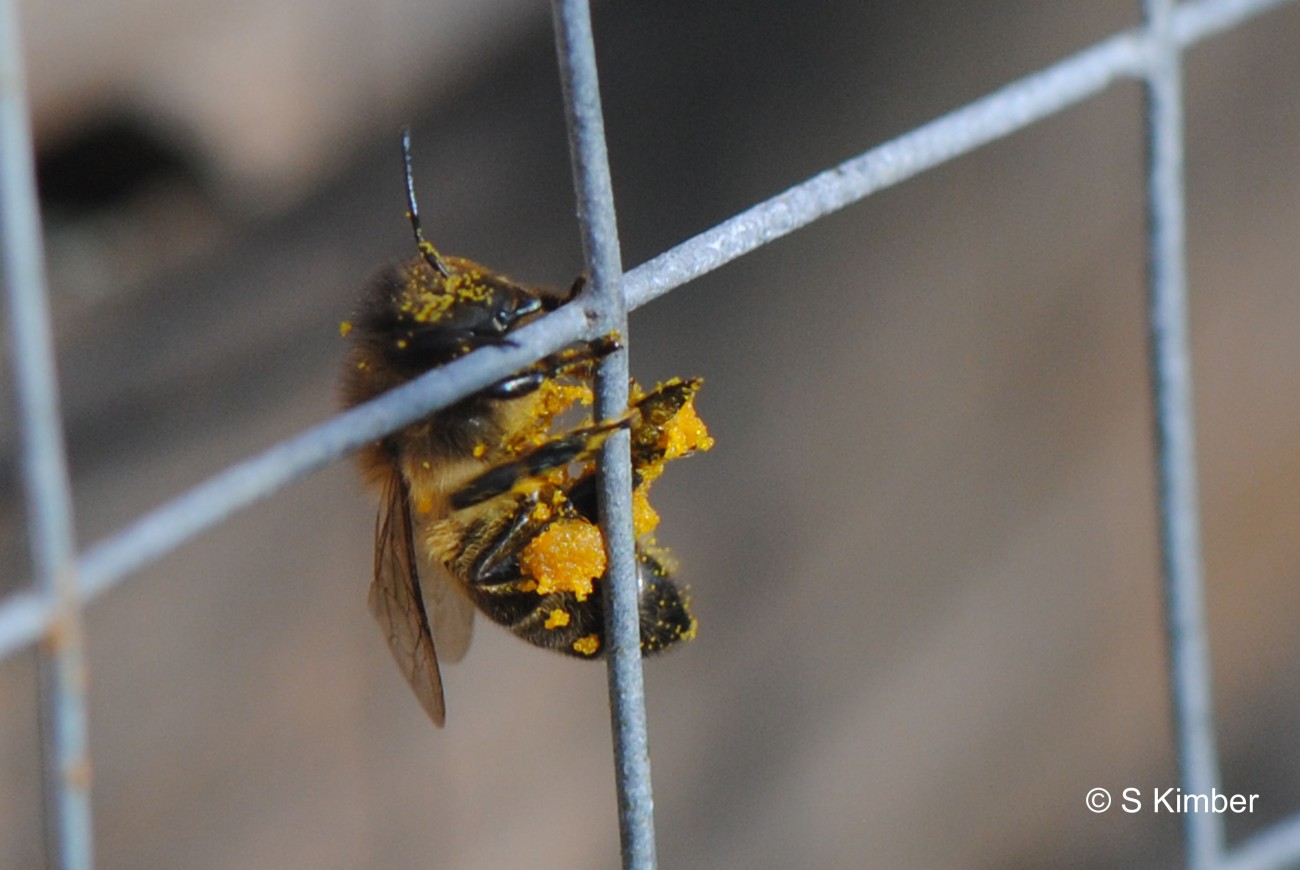
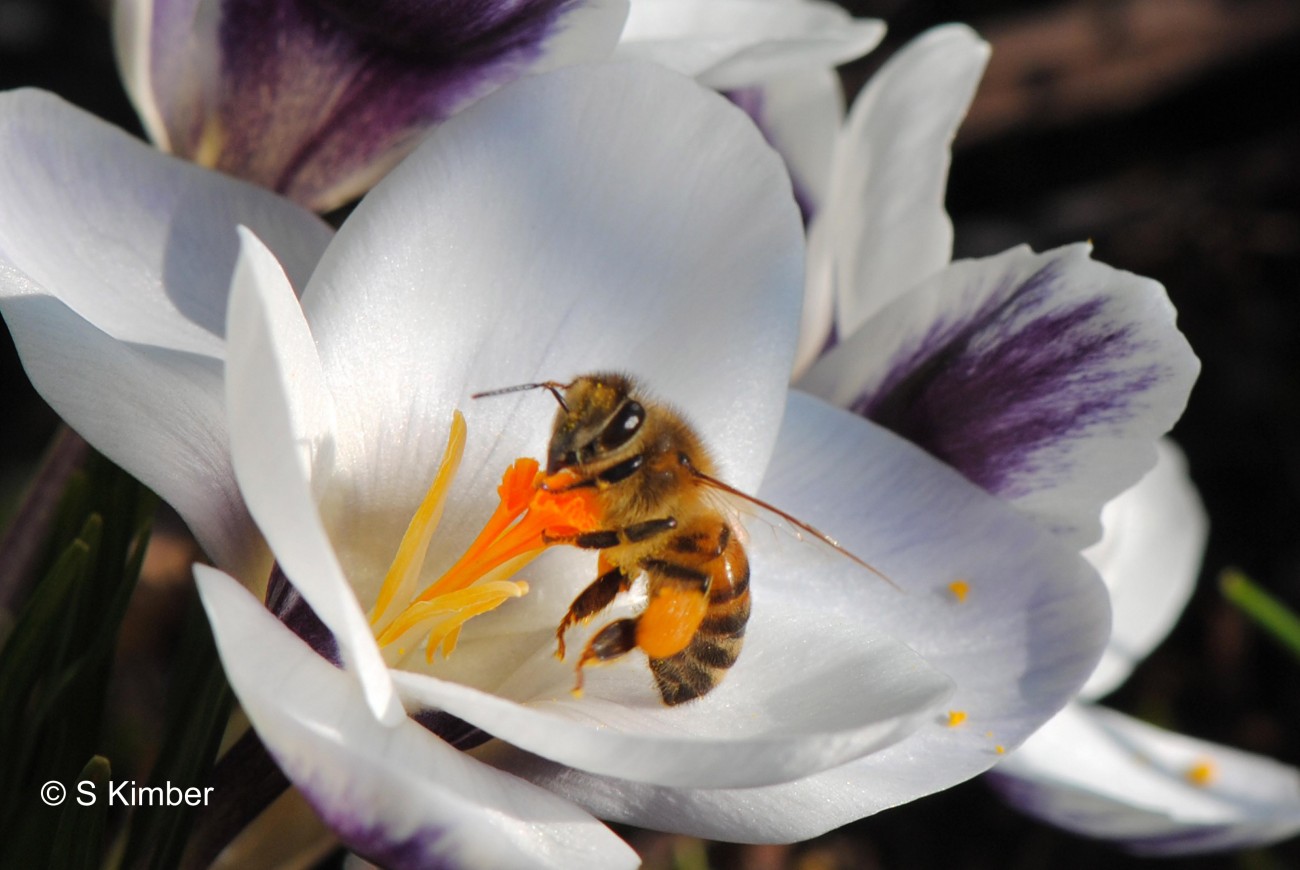
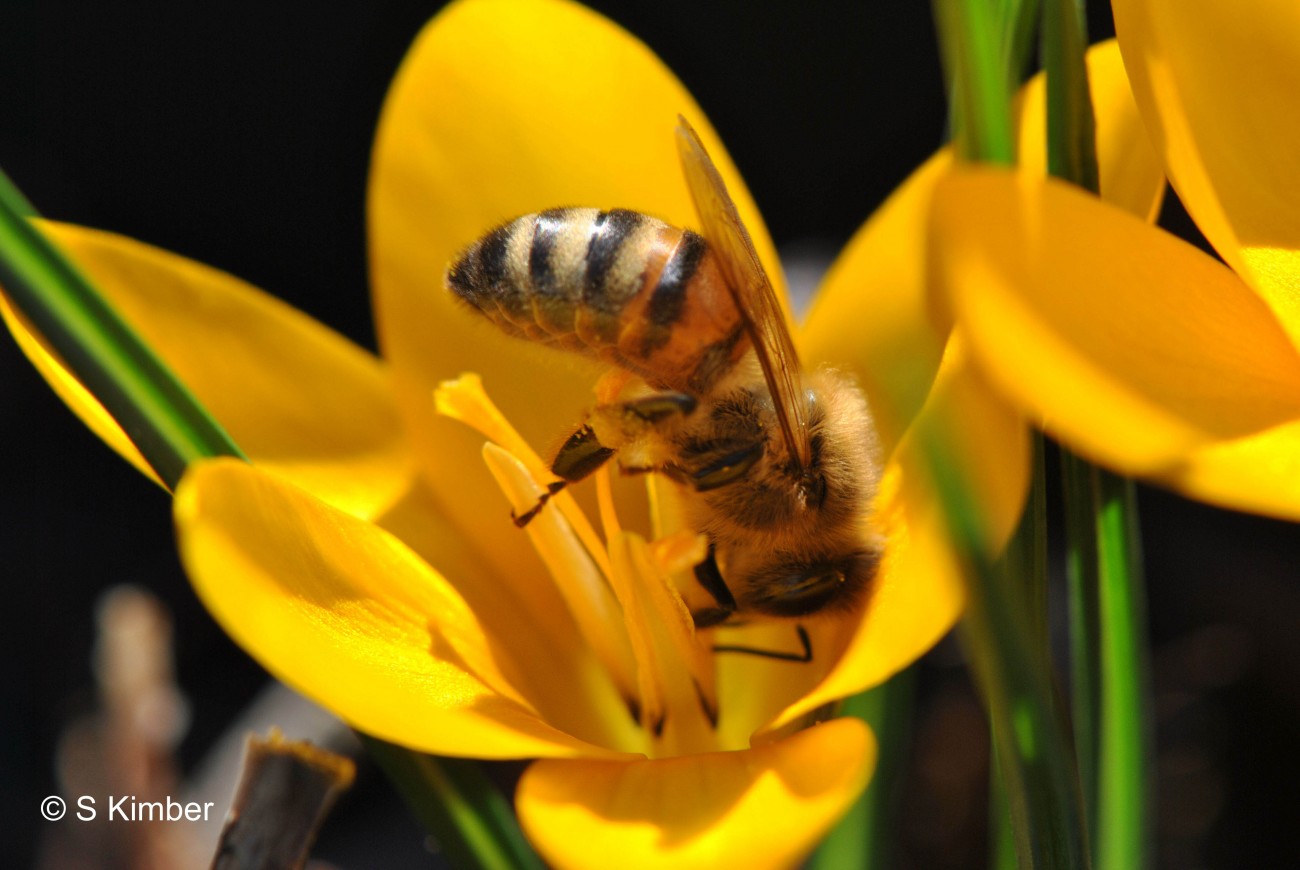
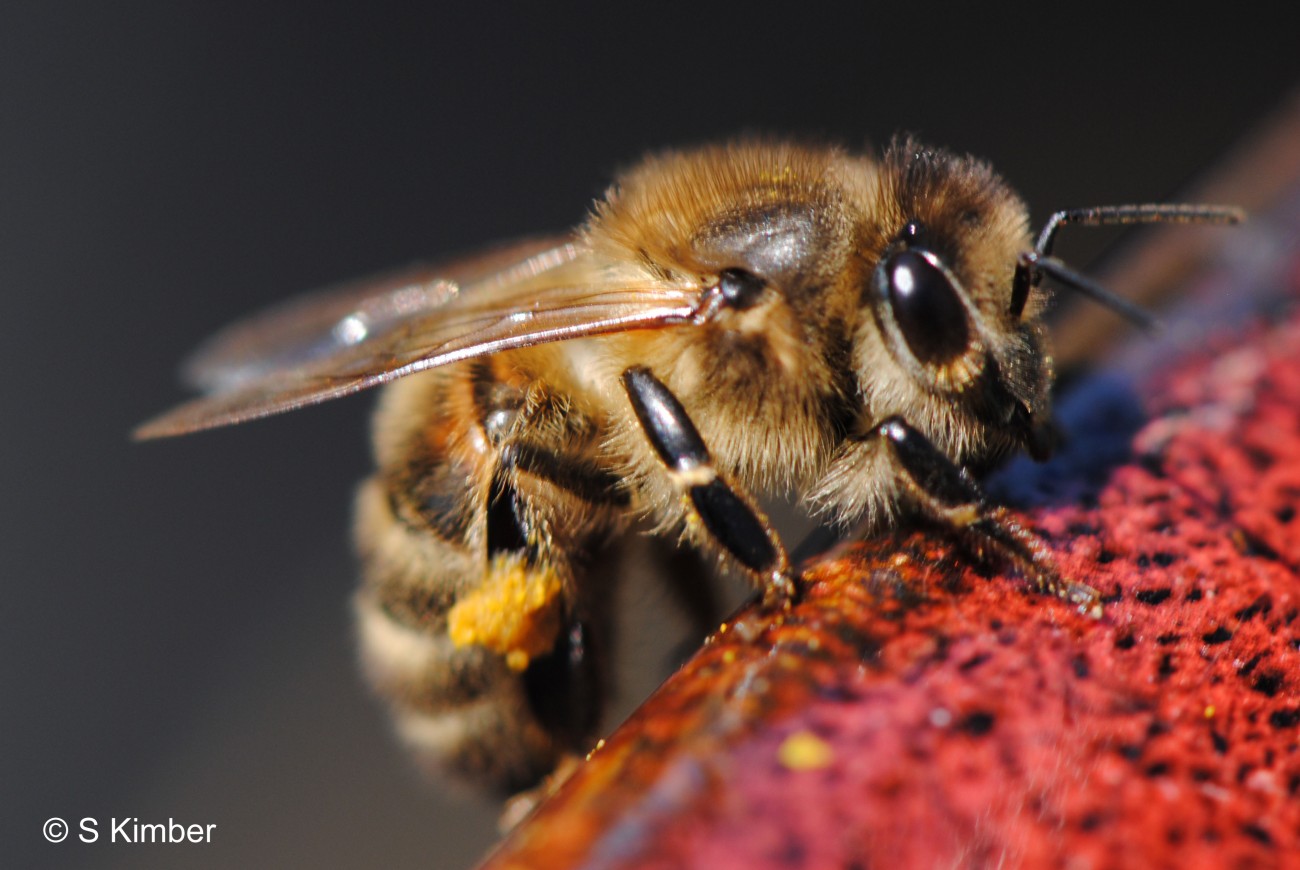
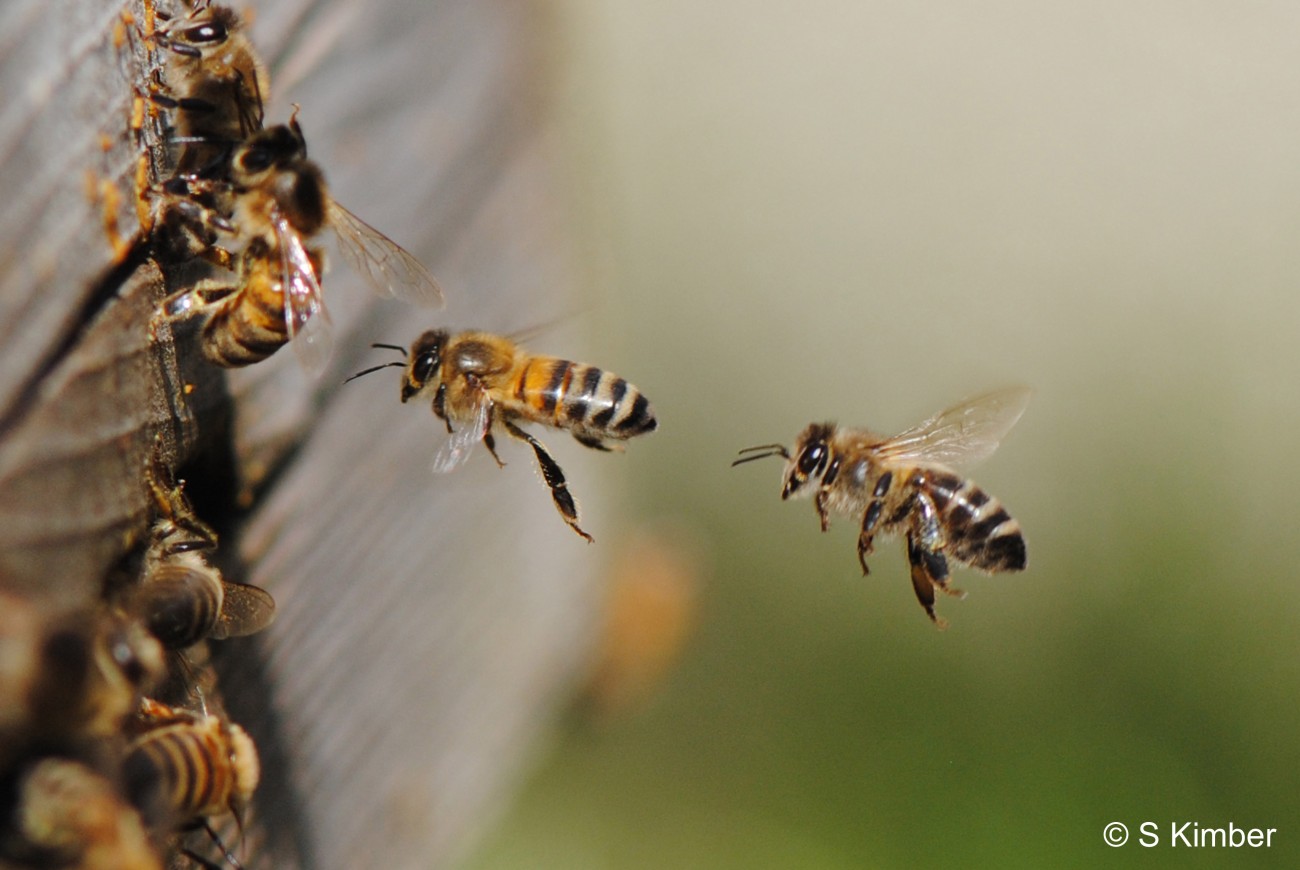
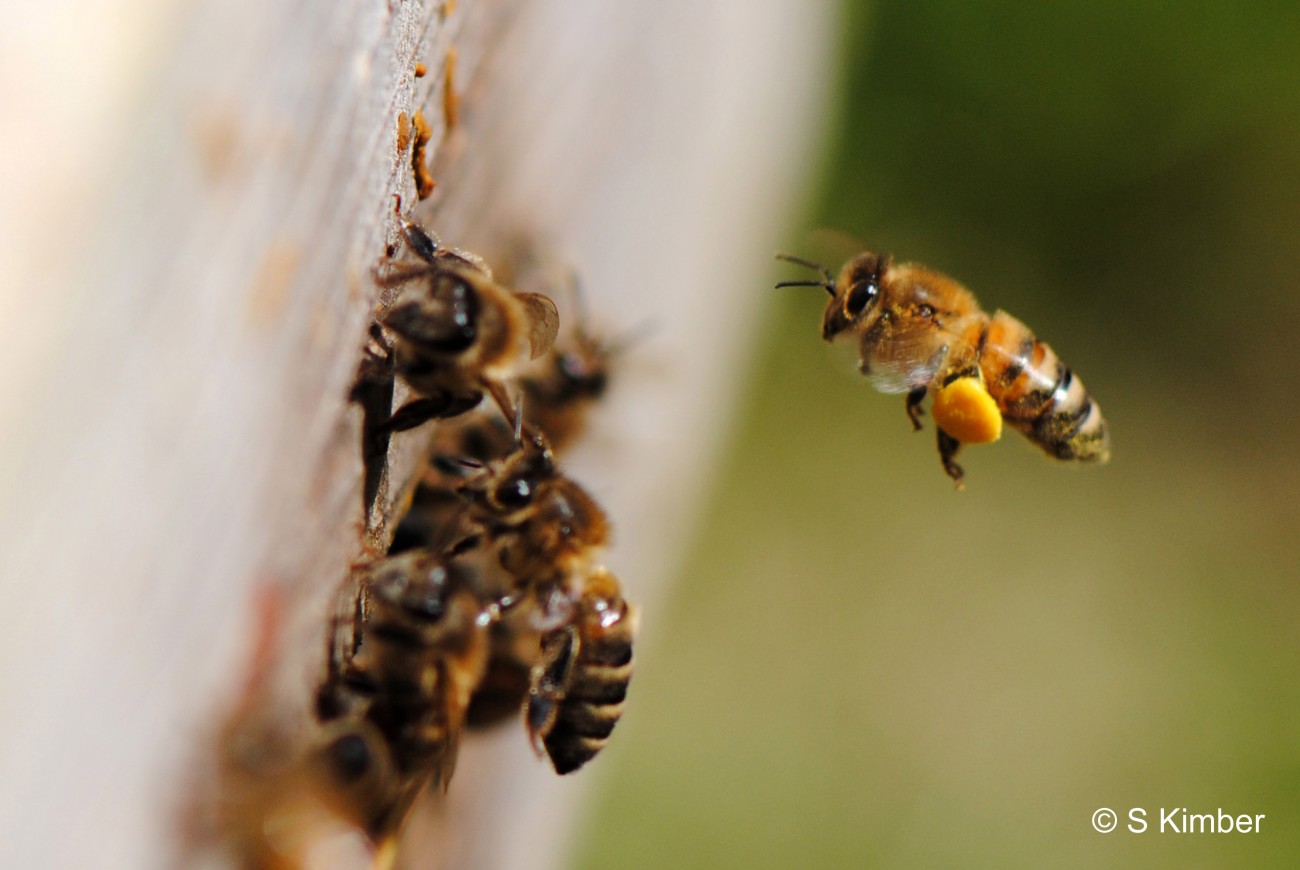


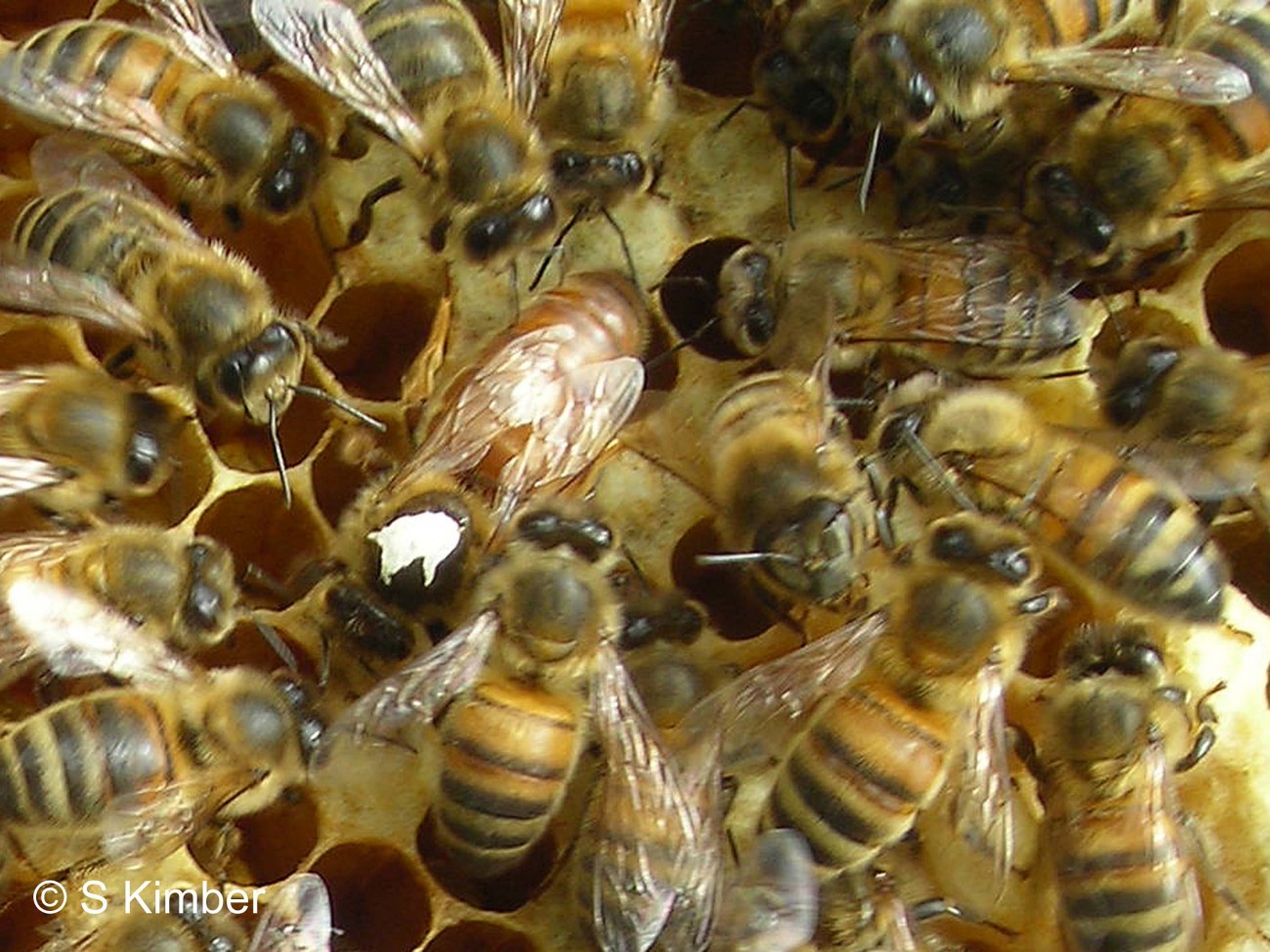
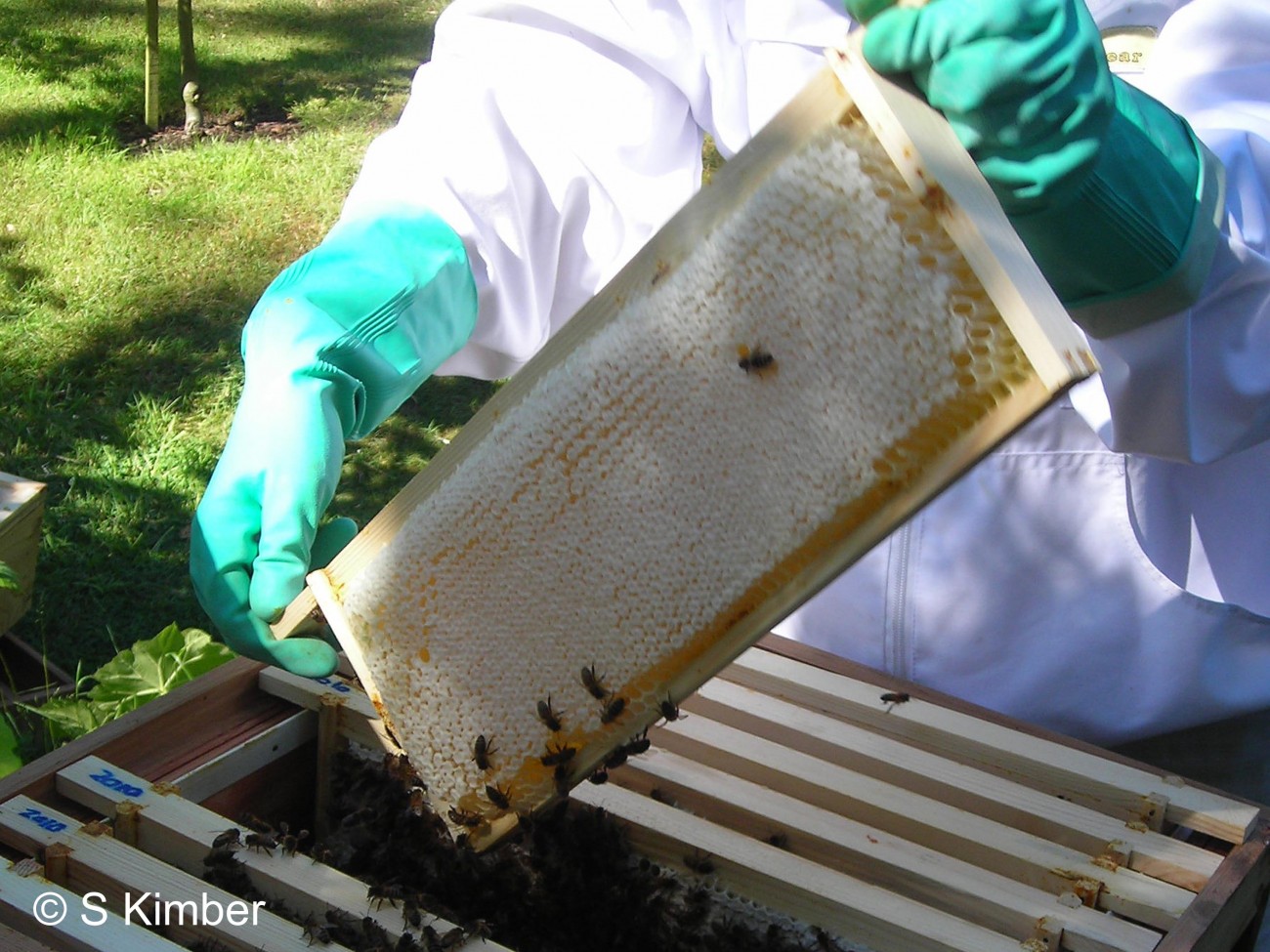

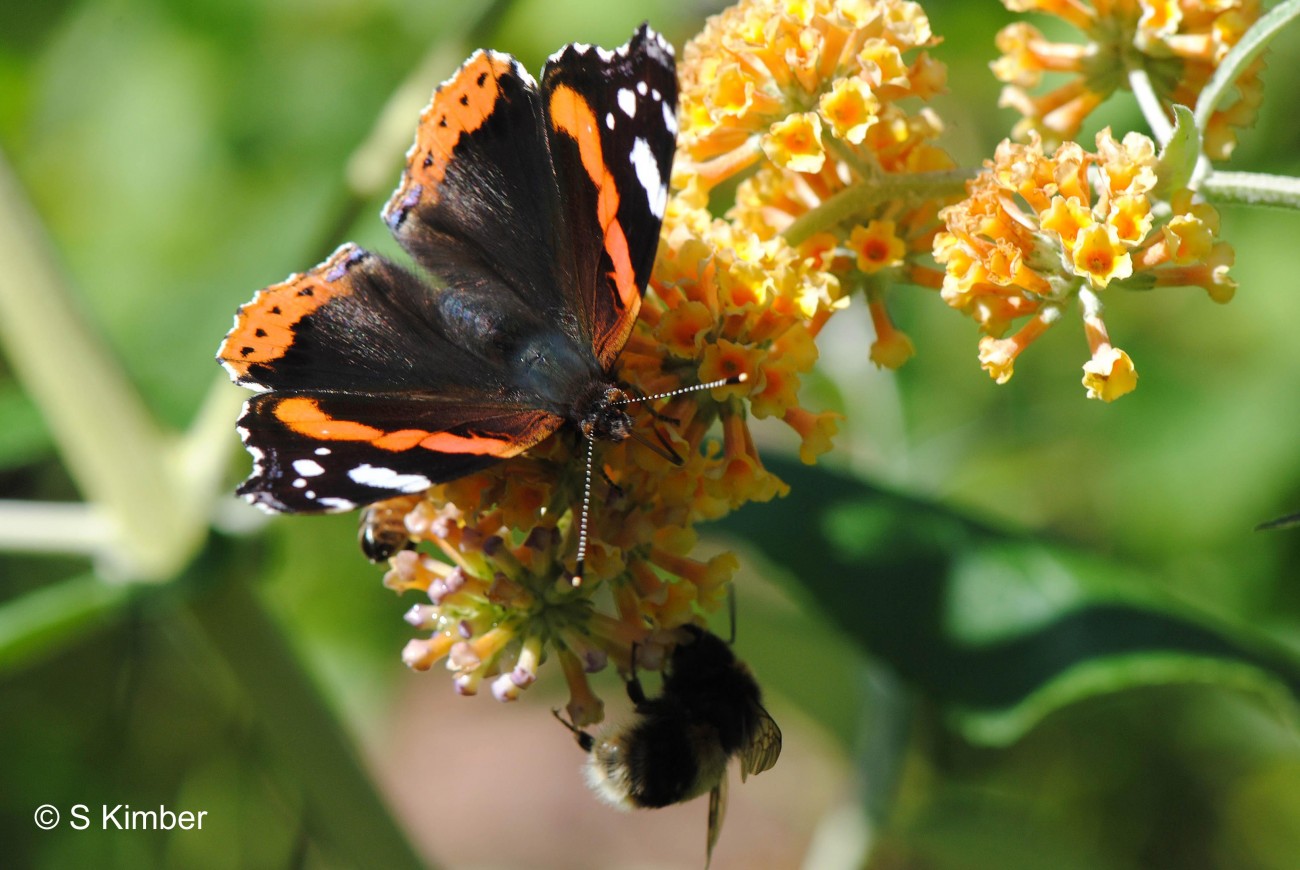
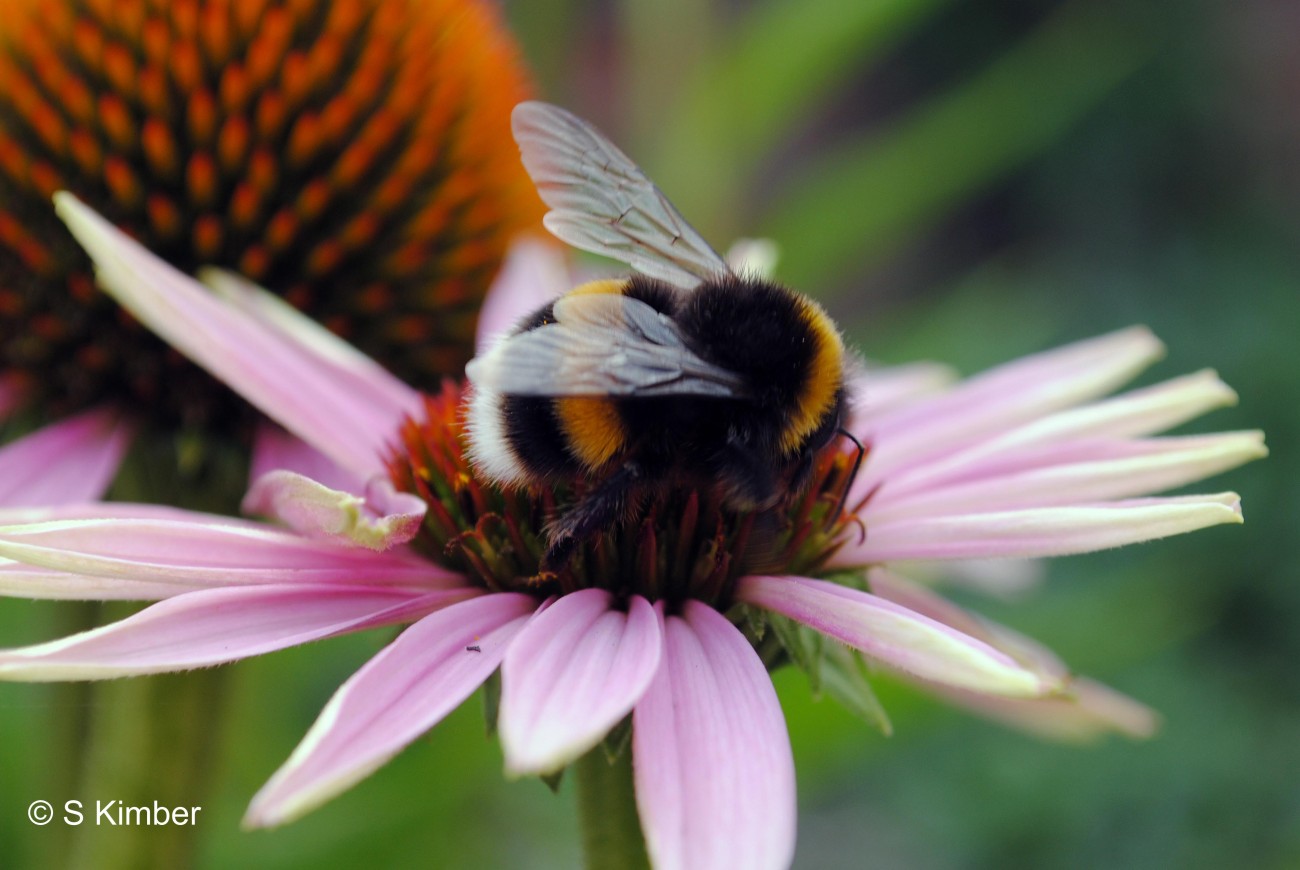
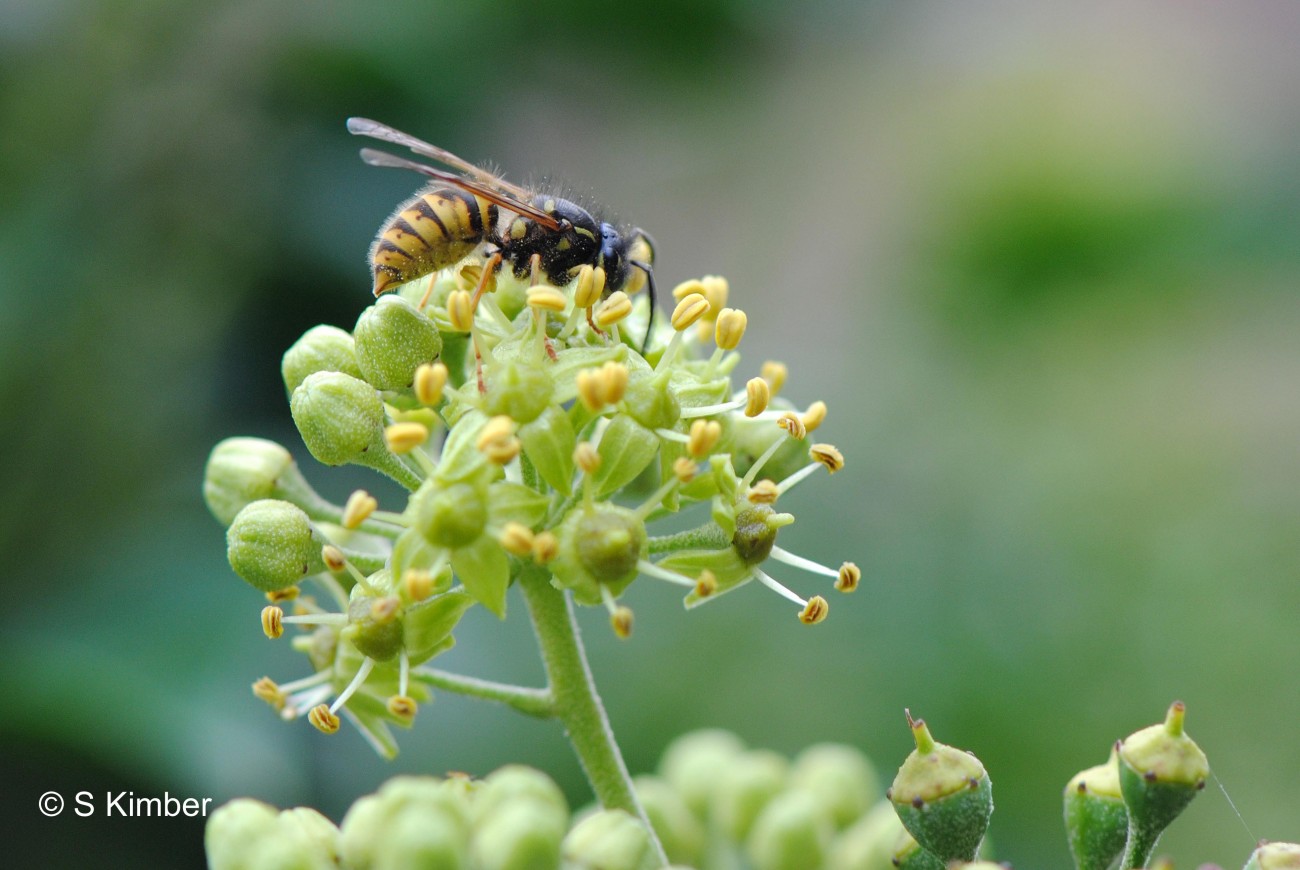
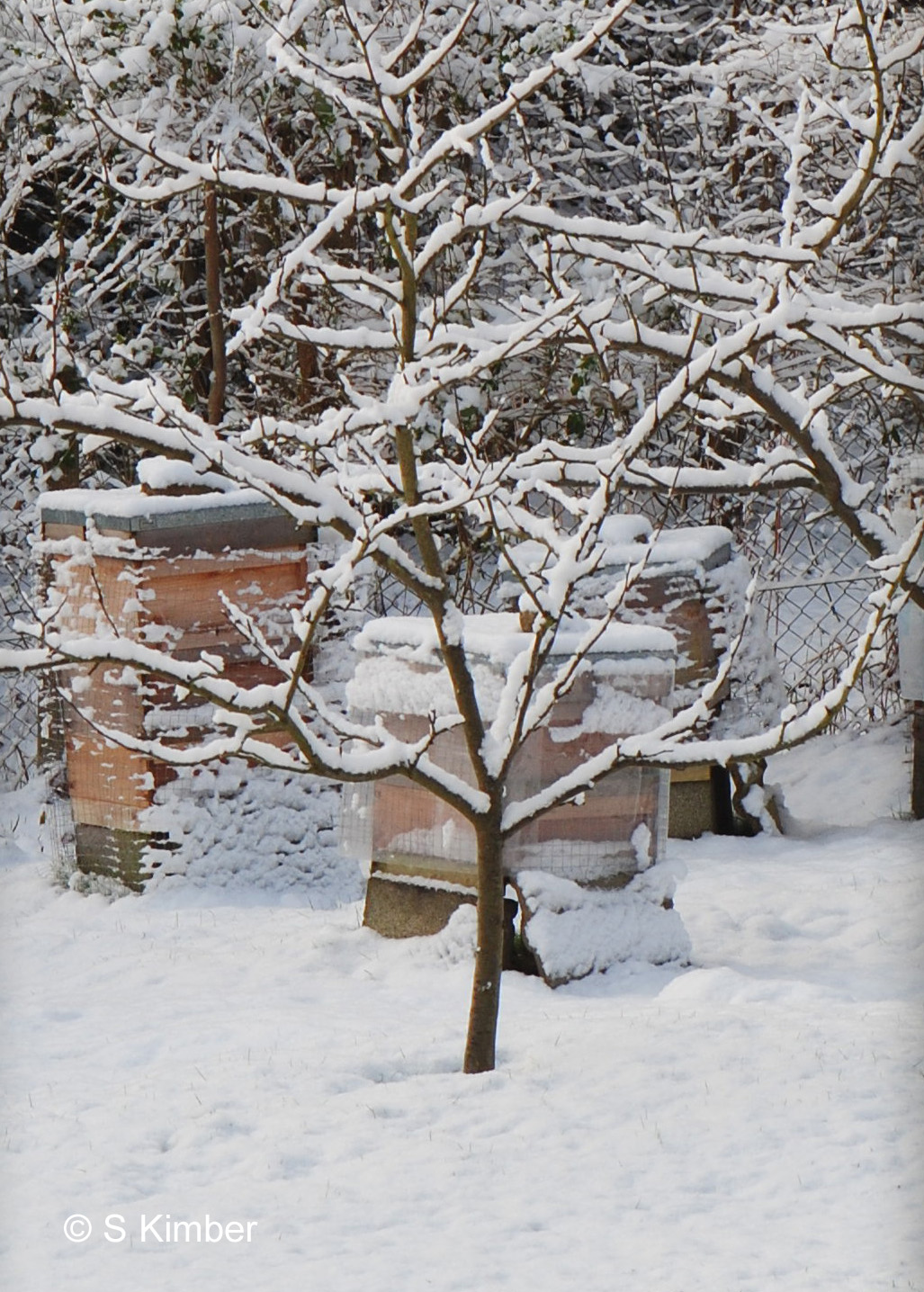



Sally Parrott
January 2, 2016 at 3:17 pm
Fantastic photos – thank you.
Does someone know whether this very mild December will have a good or bad effect on bees?
Marie Coakley
January 3, 2016 at 12:45 am
Thanks for that. The photos are fantastic. When they are enlarged, it shows things that you would not otherwise see or be aware of. They are a great learning tool.
About your question on the effect of the mild December weather on bees, it is very hard to know. It depends on so many factors including the strength of the hive going in to winter and the amount of food stored. In general, I think that it is not bad.
The bees are more inclined to be active when it is warm. They therefore may consume more of their stored food and so there is an increased possibility that they may run out of stores before spring which would be disastrous.
On the other hand, it has been very wet and windy and that keeps them from flying – so reduced consumption.
Beekeepers will be checking their hives to make sure that the bees have enough to keep going.
So, mild weather in the winter should not be bad for bees.
Hugh Coakley